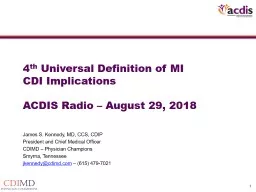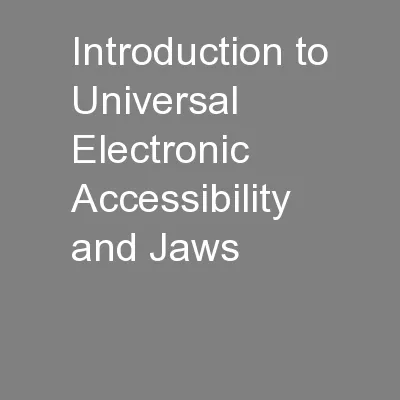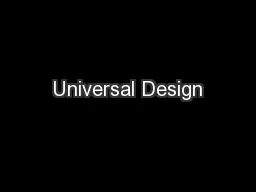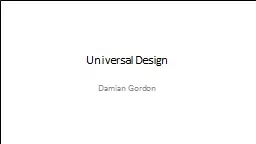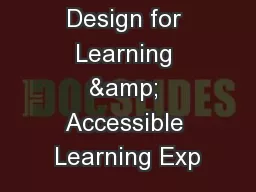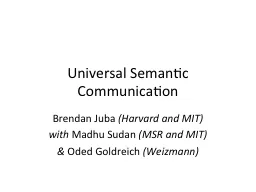PPT-4 th Universal Definition of MI
Author : myesha-ticknor | Published Date : 2020-04-04
CDI Implications ACDIS Radio August 29 2018 James S Kennedy MD CCS CDIP President and Chief Medical Officer CDIMD Physician Champions Smyrna Tennessee jkennedycdimdcom
Presentation Embed Code
Download Presentation
Download Presentation The PPT/PDF document " 4 th Universal Definition of MI" is the property of its rightful owner. Permission is granted to download and print the materials on this website for personal, non-commercial use only, and to display it on your personal computer provided you do not modify the materials and that you retain all copyright notices contained in the materials. By downloading content from our website, you accept the terms of this agreement.
4 th Universal Definition of MI: Transcript
Download Rules Of Document
" 4 th Universal Definition of MI"The content belongs to its owner. You may download and print it for personal use, without modification, and keep all copyright notices. By downloading, you agree to these terms.
Related Documents

